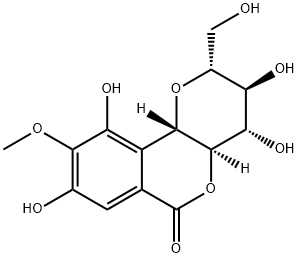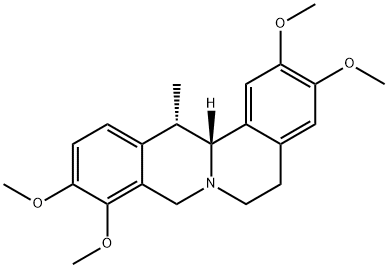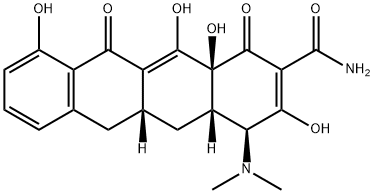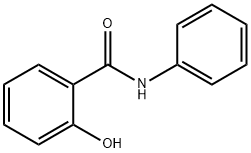A7366512
Salinomycin , ≥98% , 53003-10-4
Synonym(s):
Salinomycin
CAS NO.:53003-10-4
Empirical Formula: C42H70O11
Molecular Weight: 751
MDL number: MFCD25541652
EINECS: 258-290-1
| Pack Size | Price | Stock | Quantity |
| 5MG | RMB519.20 | In Stock |
|
| 25MG | RMB1612.00 | In Stock |
|
| 100MG | RMB5759.20 | In Stock |
|
| others | Enquire |
Update time: 2022-07-08
PRODUCT Properties
| Melting point: | 112.5-113.5 °C(lit.) |
| Boiling point: | 839.2±65.0 °C(Predicted) |
| alpha | D25 -63° (c = 1 in ethanol) |
| Density | 1.18±0.1 g/cm3(Predicted) |
| Flash point: | >110°(230°F) |
| storage temp. | Sealed in dry,2-8°C |
| solubility | insoluble in H2O; ≥142.2 mg/mL in EtOH; ≥91.8 mg/mL in DMSO |
| pka | 6.4 (DMF) |
| form | White solid |
| color | White to light yellow |
| optical activity | -6325 (cl, ethanol) |
| biological source | Streptomyces albus |
| Water Solubility | Soluble in methanol. Insoluble in water |
| Merck | 13,8415 |
| Stability: | Stable, but may be heat sensitive - keep cool. Incompatible with strong oxidizing agents. |
| LogP | 5.596 (est) |
| CAS DataBase Reference | 53003-10-4(CAS DataBase Reference) |
Description and Uses
Salinomycin was found in the culture mycelium of Streptomyces albus by Otake et al. of the University of Tokyo in 1973. Like other polyether ionophore antibiotics, it shows activity against gram-positive bacteria, fungi, and Coccidium. Salinomycin has been used as a feed additive to protect poultry against coccidial infections.
Salinomycin was used as a standard in the development of LC-MS/MS method for detection of residual coccidiostats in egg and muscle samples. It was used to screen out CD44+CD24- mesenchymal-like subpopulation within breast carcinomas.
Safety
| Symbol(GHS) |  GHS06 |
| Signal word | Danger |
| Hazard statements | H300 |
| Precautionary statements | P264-P270-P301+P310-P405-P501 |
| Hazard Codes | T,Xi |
| Risk Statements | 25-36/37/38 |
| Safety Statements | 45-36-26 |
| RIDADR | UN 3462 6.1/PG 2 |
| WGK Germany | 3 |
| RTECS | VO8620000 |
| F | 10 |
| HazardClass | 6.1(a) |
| PackingGroup | II |
| Hazardous Substances Data | 53003-10-4(Hazardous Substances Data) |
| Toxicity | LD50 in mice (mg/kg): 18 i.p.; 50 orally (Miyazaki) |





